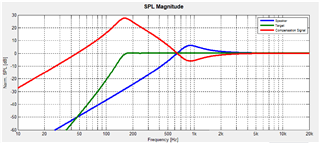Other Parts Discussed in Thread: TAS5825M,
How do the Smart Speaker Protection and Smart Bass algorithms differ between TAS2781 and TAS5825M?
Which device is better suited for multiple use (e.g. 26 amplifier outputs on one large PCB) in terms of EMI?
Will there be a stereo version of the TAS2781?


